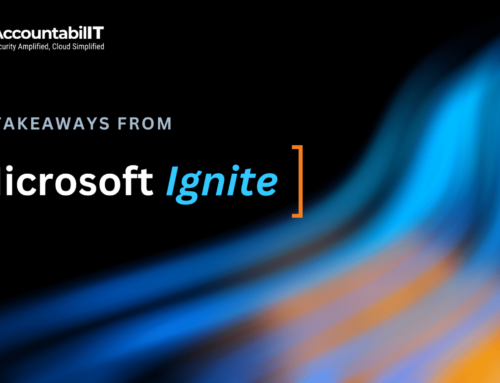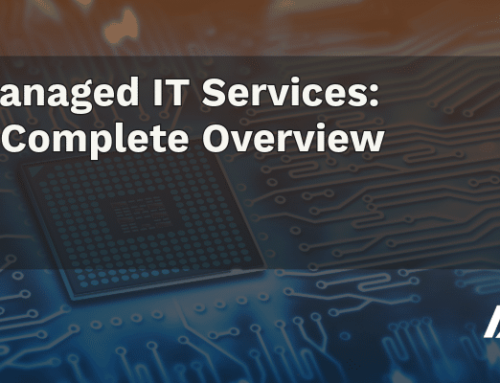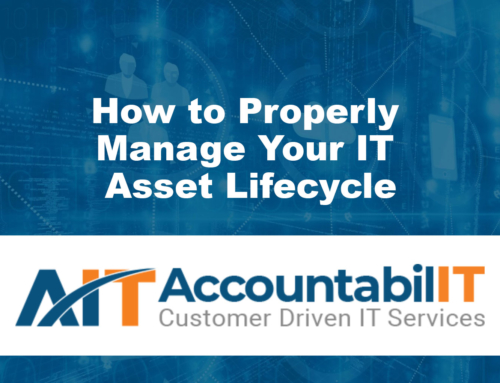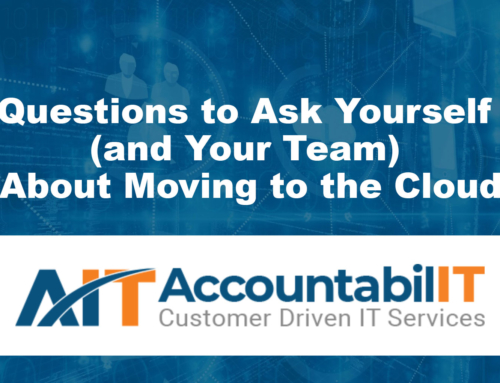The cloud is far from being an amorphous, indistinct thing. Cloud computing power is actually made possible by several physical, integrated components, including hardware, virtualization, storage, and networking devices.
These components are what make up the cloud’s infrastructure, whether you are operating in a public cloud (like Microsoft Azure), private cloud, or hybrid cloud environment. Here we take a closer look at what all these resources are and how they contribute to make the cloud possible.
What are the cloud infrastructure components?
There are a number of key components that are needed for cloud computing. The four primary ones are hardware, virtualization, storage, and networking.
Hardware
Physical hardware lays the groundwork for cloud infrastructure and can be positioned in different locations. Examples of hardware include servers, switches, routers, backup devices, load balancers, storage arrays, and firewalls.
Virtualization
This technology essentially connects the physical hardware together and makes it accessible to users. It takes all the resources offered by that hardware, such as memory, storage, computing power and other resources, then allocates them into clouds.
Storage
Proper storage management in the cloud ensures that data is protected, secure and as pristine as possible. Virtualization abstracts storage from the storage arrays so users can access it as a cloud resource.
Network
This includes connections of physical equipment such as wires, switches and routers. Virtual networks are built atop of these physical resources and configured into subnetworks, so they can address all network needs, such as accessing apps remotely.
Cloud architecture or infrastructure?
Cloud infrastructure is the various pieces, parts, tools, and devices. Cloud architecture, on the other hand, is how all those materials or resources come together and connect.
IaaS vs. PaaS vs. SaaS
How do you get cloud infrastructure? You can take on the capital spend and build it yourself, or you can leverage one of the many services that will take care of cloud infrastructure on behalf of your business.
Cloud infrastructure-as-a-Service (IaaS) is the delivery model for the infrastructure components and making them available over a dedicated internet connection. Rather than having to support this spend on your own, you can essentially rent the fundamental building blocks of your cloud. This cuts the time required to build and deploy applications and cuts maintenance costs significantly.
Not having to purchase or maintain your own infrastructure or worry about decommissioning or disposing of outmoded hardware is a major benefit of these services.
That said, IaaS does require a certain level of in-house technical expertise to manage and control the infrastructure. If that isn’t an option for your organization, there are two other cloud computing models to consider.
Platform-as-a-Service (PaaS) is more of a ready-to-go complete package combining physical tools with virtual resources. Cloud platforms include the infrastructure along with the software and other tools in-house developers or IT staff need for application building, including database management, operating systems and development tools.
The third cloud computing option is Software-as-a-Service (SaaS), and this is the most turnkey of all. It’s currently the primary model and allows users to access all the computing power they need via a web browser or app, with zero technical expertise.
All of these options deliver far more power, storage, and scalability to SMBs than they might be able to access on their own. Using cloud services allows you to reduce lengthy procurement processes and high costs, and make faster progress on projects, even with limited IT staff. The option you choose will depend on your access to developer resources, certain security situations, and other considerations unique to your business.
AccountabilIT can help you sort through all the cloud options available to you and determine which best fits your business. Our end-to-end cloud services can help you harness the full power of the cloud and maximize your value for your spend. Contact us to start finding the optimal cloud solution today.




